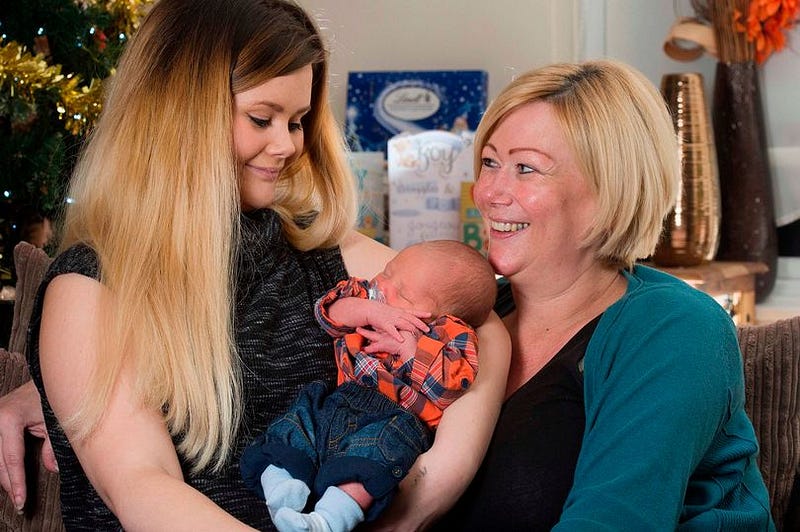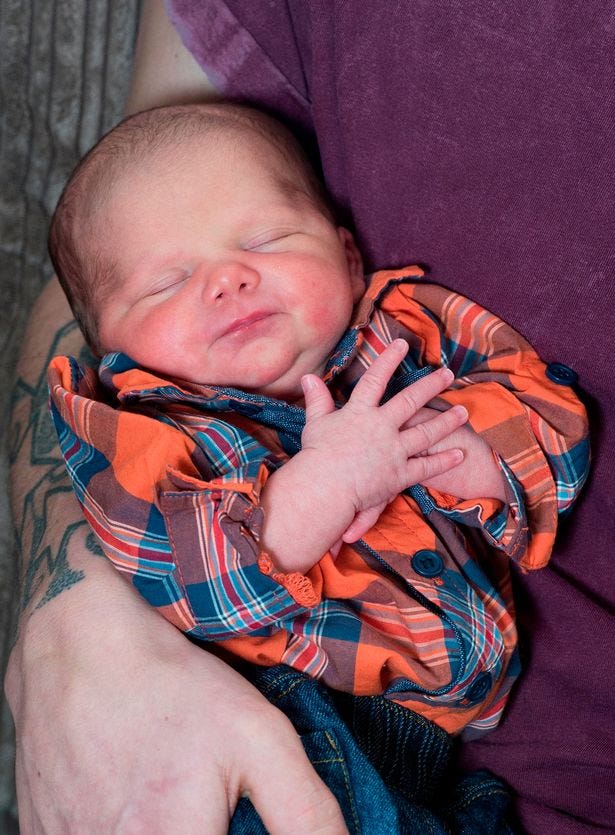Women are choosing to freeze their eggs to gain
time to find the right partner rather than to pursue their careers, new
research suggests.
Based on interviews with 31 heterosexual women
who had frozen their eggs for non-medical reasons, researchers discovered that
the greatest motivation was because the women said they had not found the right
man to father their child.
“Women weren’t engaging with technology for
their career, they didn’t necessarily seek to delay, [or] put off motherhood,
but it was very much more about they wanted to pursue motherhood at the right
time, in the right way, with this right partner,” said lead researcher Kylie
Baldwin, of the ReproductionResearch group at the UK’s De Montfort
University.
“Women’s use of this technology is often driven
by their relationships with men,” said Baldwin. “Instead of it being focused on
egg freezing being a women’s concern, I think it needs to be broadened - I
think men need to be brought into the picture more and there needs to be a more
well-rounded understanding about why women engage with this technology.”
Emily Jackson, professor of law at the London
School of Economics and a specialist in reproductive issues, said that despite
coming from a small sample of women the findings were consistent with reports
from the limited number of other studies available.
“[The findings don’t] mean [egg freezing] is not
entirely unrelated to work, in the sense that the reason why one might find
oneself 38 and single might have something to do with what career conditions
were like in one’s 20s,” she said.
Egg freezing technology has taken off in the
past five years or so, with increasing availability of a new approach, called
vitrification, that has boosted success rates of conception.
Advertisement
Tim Child, the medical director of the Oxford
Fertility Unit, said that the findings chimed with his experience. “The
majority of egg freezing requests are because someone wants to preserve their
fertility so they feel as though if it is a few years before they meet the
person they want to have a child with, and perhaps their fertility has declined
to an extent where that might be more difficult to happen, at least they have
got some fertility frozen in time,” he said.
Child also says that the sample size does not
undermine the results. “You can base such studies on quite small numbers if the
studies are conducted to a high standard.”
While the proportion of women freezing their
eggs is still low, numbers are growing. According to the UK’s Human Fertilisation and
Embryology Authority (HFEA), 816 British women underwent treatment to freeze
their eggs in 2014, compared to 652 women in 2013. The approximate rate of live
births using frozen eggs, based on those thawed in 2013, was 14%. Although, the
report notes, “The success rate is affected by the age of the woman at the time
her eggs were frozen and was considerably lower for women in the older age
group.”
While the HFEA does not record detailed
information on why the women chose to freeze their eggs, or the proportion who
did so for medical reasons, in 2014 54.1% of those aged over 38 cited having no
male partner as a reason, compared to 36.4% of those under the age of 38.
To delve into the issue, Baldwin interviewed
women from the UK, US and Norway, recruited from advertisements, who said they
had undergone egg freezing for non-medical reasons. Aged between 32 and 44
years old, all had been educated to degree level, with almost 40% having a
postgraduate degree - a demographic typical of women who undertake such
treatment, says Baldwin.
Baldwin says her results, which were presented
at the British Science Festival on Wednesday, reveal that the primary reason
why the women had opted to freeze their eggs was because they had yet to meet
Mr Right.
“It
wasn’t just about finding the right man, it was about finding the right
potential father for their child,” she said. “They very much wanted to parent
with their male partner who was committed to parenthood, who was going to
perform that role of the hands-on father and would share the role of upbringing,
the pleasures and pains of upbringing, equally.”
Other reasons, such as job instability or
housing-related issues were also mentioned, says Baldwin, with 20% reporting an
underlying health condition that contributed to their choice.
While several companies, including Apple and Facebook,
offer egg freezing for female employees, Baldwin says she is not convinced by
the approach. “Some of that use of egg freezing technology is often trying to
solve the problem of older motherhood by not addressing the root cause, and the
cause in many cases is this lack of a partner, lack of job security, not the
desire to climb the career ladder,” she said.
With 37 as the average age of participants, the
research reveals that women are leaving it until later in life to freeze their
eggs, despite the decline in egg quality with age, says Baldwin. “Women need to
be engaging with this technology for it to be the most effective before the age
of 35, or perhaps even earlier,” she said.
But as Jackson points out, there are other
considerations. Women in their early thirties still have a good chance of a
natural pregnancy, she says, meaning that freezing eggs in their twenties could
be an unnecessary invasive and expensive procedure. What’s more, in the absence
of special circumstances, current legislation only allows eggs to be frozen for
a maximum of 10 years. “The 10 year time limit means that in a sense it is not
sensible to freeze them early, even thought that might be clinically sensible,
because they won’t be available to you [later],” she said.
Baldwin also warns that the idea of egg freezing
should not be presented to women as a quick fix. Cheryl Fitzgerald, Consultant
in Reproductive Medicine at Old St Mary’s Hospital, Manchester, agrees. “I
think seeing egg freezing as an option when it is things like you haven’t got
your house or your haven’t got your job sorted is a really, really bad message
because the majority of those women will then not end up with a baby,” she
said.
“Egg freezing is obviously great for those women who
have no other option, but I think it shouldn’t be something that women resort
to at an early stage. I think society needs to change and facilitate women to
have their babies when they are younger.”
While Fitzgerald stresses that it is up to individuals
to decide whether or not to freeze their eggs, she warns against the idea of
viewing the technology as a simple solution.
“I think it is quite dangerous to start suggesting
that, by medicalising a social problem, we can cure it,” she said. “If you’ve
not met your partner, you’ve not met your partner, but I think it is a really
bad message to give out that actually now we can get round this by egg
freezing, because the majority of those women will still not have a baby.”













